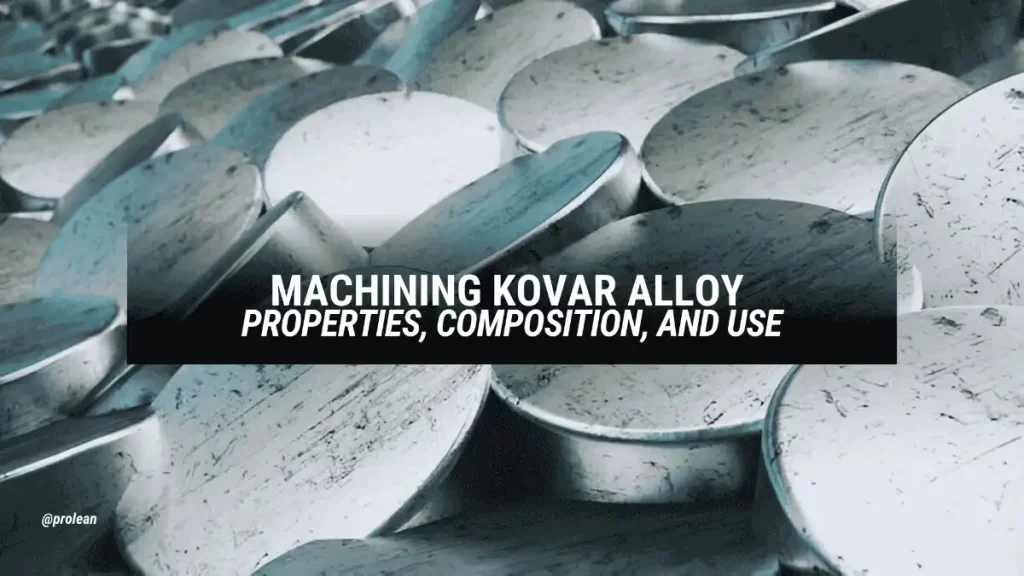
Machining Kovar Alloy
Kovar Alloy is trusted when thermal expansion is a significant concern. Its stability makes it a key material in high-precision applications across sensitive industries.
This alloy’s performance exceeds standard expectations, and it confidently serves demanding fields like aerospace systems and advanced medical devices.
Explore the core strengths and proven applications of Kovar material, and see how Prolean Tech’s expert machining can support your precision-focused projects.
What Is Kovar Alloy: Nickel–Iron–Cobalt Material Explained
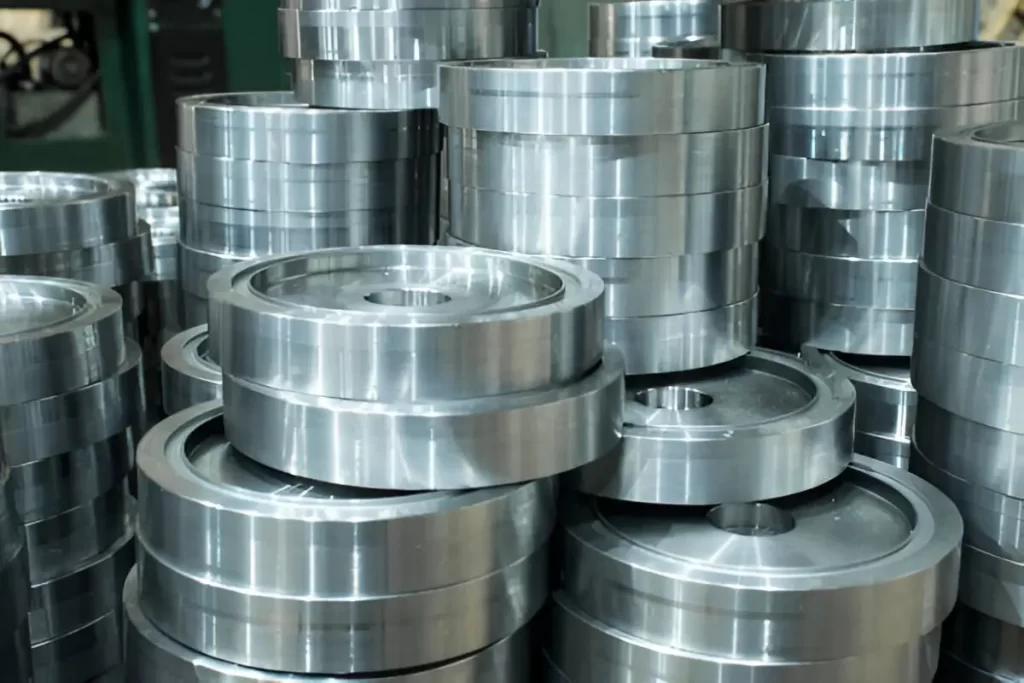
Kovar Machined Parts Stacked
Kovar metal alloy is a good pick when thermal expansion is of the essence. It comprises iron, nickel, and cobalt in specific quantities. Kovar material colour is typically a dull silver-grey or matte grey. It is durable and has a clean-looking finish due to its silver-grey surface. Therefore, it is an ideal choice for glass sealings and ceramics.
Kovar expands closely match that of borosilicate glass. That is perfect to apply in a vacuum or closed electronics. In addition, it offers you close tolerances and longevity. So, it is widely used in aerospace, medical, and microelectronic components.
Comparing Kovar Alloy to Common Engineering Metals
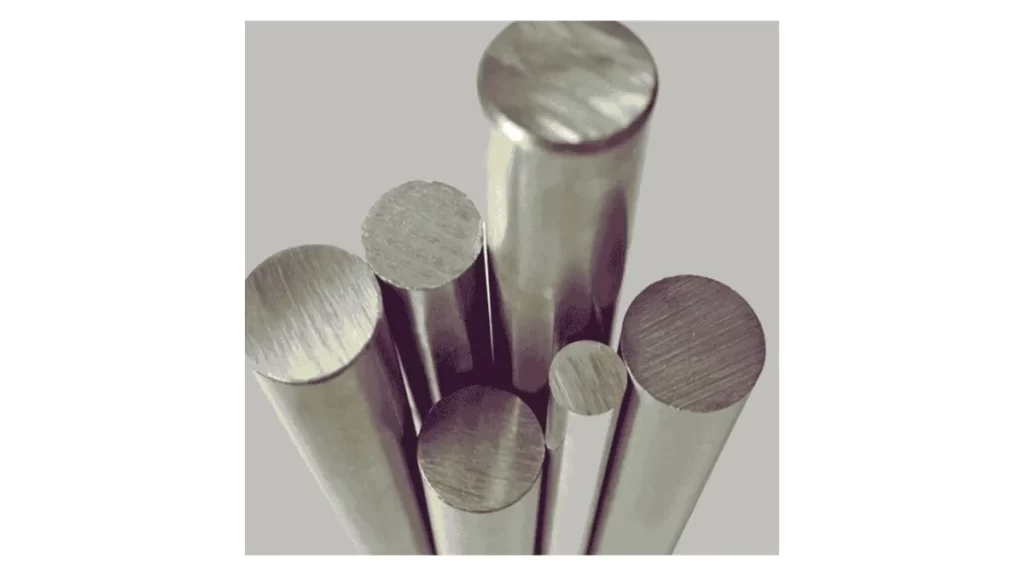
Kovar Alloy Rods
Every metal offers unique benefits due to its distinctive composition. Kovar outperforms where accuracy, thermal control, and sealing are crucial.
Thermal Expansion
Kovar metal can be an optimal choice when thermal expansion needs to be controlled. Its expansion rate is similar to that of borosilicate glass and certain ceramics. This makes it deduce sealed joints and glass-to-metal assemblies, unlike other kinds of material, e.g., aluminium or steel, which increase more quickly and unpredictably.
Magnetic Properties
Kovar is a ferromagnetic material, and its magnetic properties can vary with heat treatment and temperature. It is extensively used in sensors, microelectronics, and vacuums. Stainless steel would be either magnetic or non-magnetic. But Kovar is always magnetic. It allows greater control over the design of critical space.
Machinability
Kovar needs to be machined with care. Unlike softer metals like brass or aluminium, it gets rapidly work-hardened. Specialised tools, accurate feeds, and coolants should be used to avoid distortion. The correct procedure can produce ideal tolerances for Kovar parts.
Corrosion Resistance
Kovar is dimensionally stable, though it lacks corrosion resistance. It may need a coating or electroplating to give extra surface protection. This assists in increasing the part’s life in sensitive or sealed applications.
Material Cost
Kovar is costly compared to general-purpose metals. Because it has cobalt and nickel, which makes it specialised, steel or aluminium may become affordable in terms of costs, but they will not be able to attain the thermal or sealing properties of Kovar. Therefore, you can select Kovar when price is not the issue, but when function and stability are paramount.
Material Comparison Table: Kovar vs Other Engineering Metals
| Property | Kovar Alloy | Aluminum | Stainless Steel | Copper | Titanium |
| Composition | Iron-Nickel-Cobalt blend | Pure Aluminium | Iron-Chromium-Nickel alloy | Pure Copper | Pure Titanium |
| Appearance | Matte silver-grey | Bright Silver | Dull silver-gray | Reddish metallic | Metallic silver-gray |
| Kovar CTA | 4.6–5.4 ppm/°C | ~23 ppm/°C | ~17 ppm/°C | ~16.5 ppm/°C | ~8.6 ppm/°C |
| Ease of Machining | Moderate, needs carbide tools | Very high, easy to cut | Moderate, varies by grade | Easy, excellent machinability | Low, requires special handling |
| Magnetic Behavior | Consistently magnetic | Non-magnetic | Often non-magnetic or weakly so | Non-magnetic | Non-magnetic |
| Corrosion Resistance | Fair, needs surface treatment | Excellent in dry settings | Excellent with passivation | Moderate, can oxidise quickly | Excellent in harsh environments |
| Material Cost | High, due to alloying metals | Low, widely available | Mid-range depends on the range | Moderate copper is expensive | High, premium-grade material |
Try Prolean Now!
Standard Machining Methods and Tools for Kovar Alloy
Kovar CNC machining requires additional care. It is not like standard cutting. So, it needs specialised tooling and precise control of operations due to its high strength and tendency to work harden.
You may require high-end equipment, layouts and speed controls to yield predictable outcomes.
Tool Requirements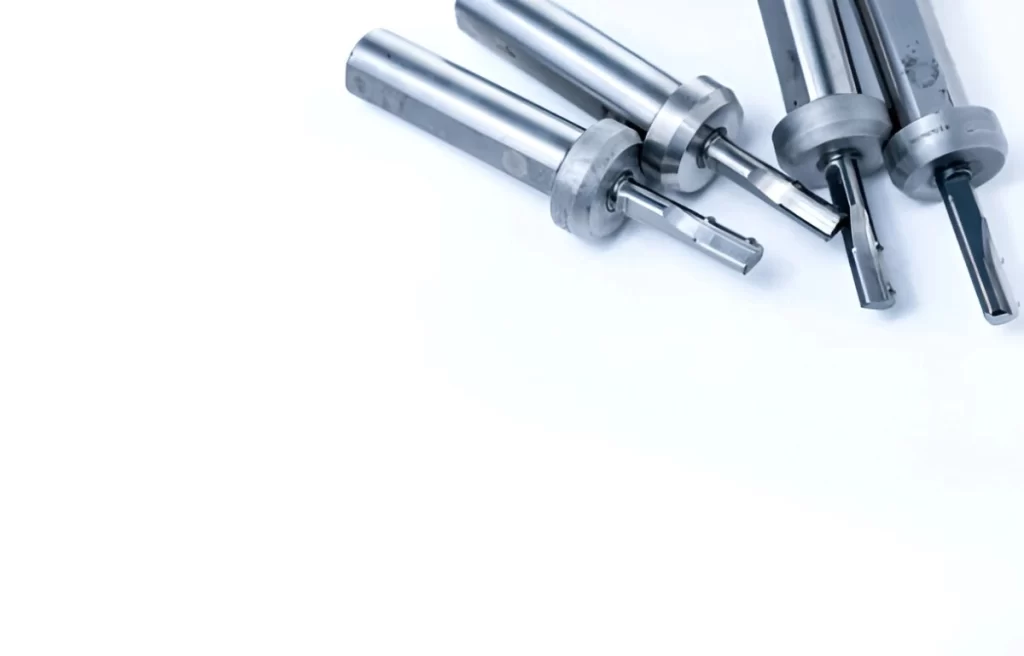
HSS Cemented Carbide Tools
Kovar alloy needs sharp tools for shaping products out of it. To avoid chipping and tool damage, avoid sharp burrs or thin edges. Positive rake angles (typically between 10° to 20°) and sharp tool edges are recommended to reduce cutting forces and avoid work hardening during Kovar machining. This also extends the tool’s life and minimises the cutting forces.
CNC Machining
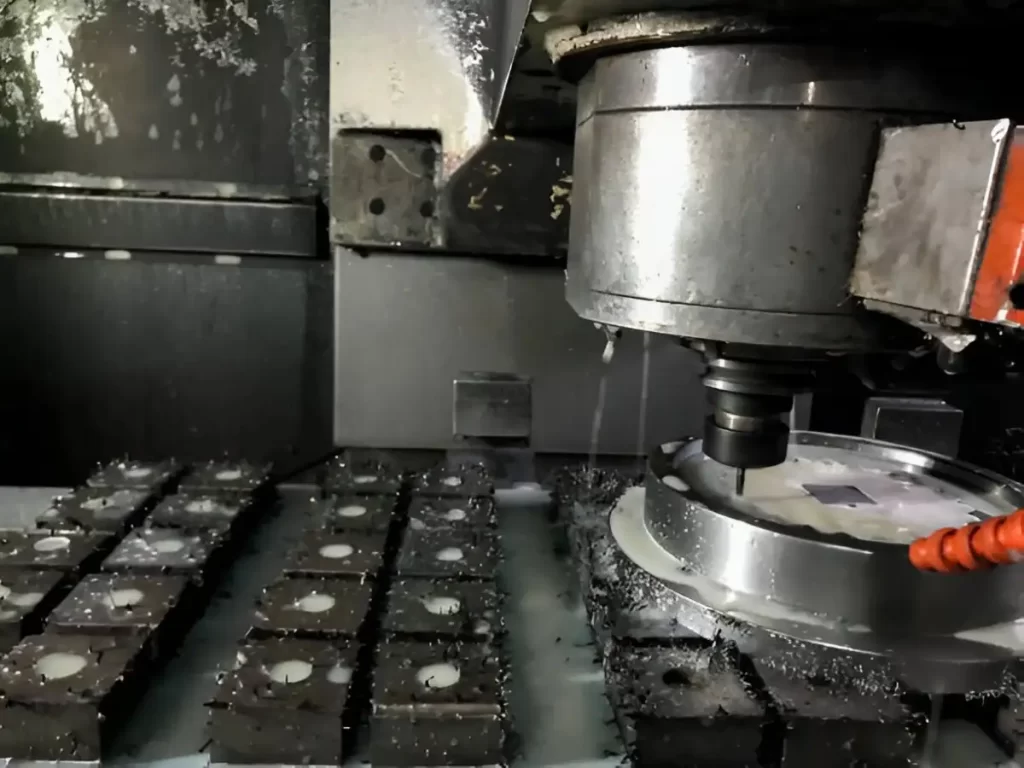
Kovar CNC Machining
CNC machining supports Kovar alloys in crafting unique components for heavy industrial use. It gives high reproducibility, precision, near-close tolerance, and surface finish. It’s recommended to apply coolants and carbide tools. Turning is an efficient approach to creating aerospace or microelectronics parts and maintaining part consistency.
EDM (Electric Discharge Machining)

EDM Machining Kovar
EDM Machining offers precise cutting with no tool pressure and deformation. You can make acute corners, hollow walls, and complicated lines using EDM Kovar machining. Besides, it obviates the tool wear and allows dimensional control, minimising post-processing. For tap holes, drill them 0.010 smaller for a proper fit. Then, use flute taps to cut a clean, accurate thread.
Laser Cutting
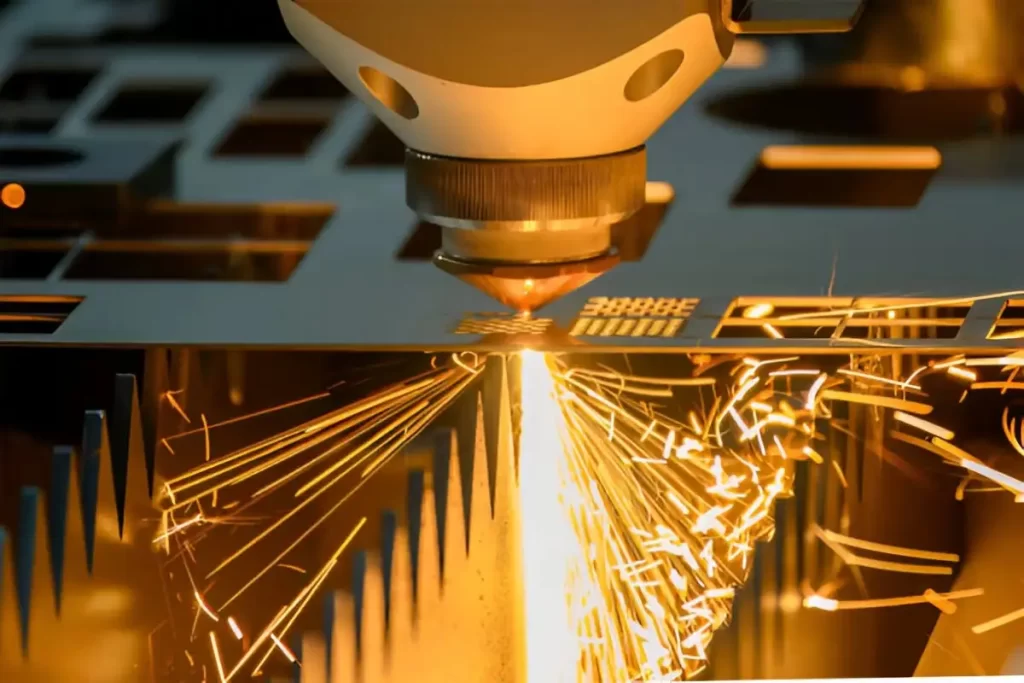
Laser Cutting Kovar
Laser cutting involves a high-energy beam that cuts precisely and fast with minimal wastage of materials. It makes clean cuts with minor heat damage, keeping Kovar parts strong and stable.
Try Prolean Now!
Key Applications of Kovar Alloy Machining
Kovar performs well when your design is thermally reliant on alignment and sealing. Here are some common areas where Kovar alloy products outperform.
Glass-to-Metal Sealing
Kovar alloy is useful when sealing glass to metal is required. Its thermal expansion is almost equal to that of borosilicate glass. This avoids cracking and can keep a seal despite a fluctuating temperature.
Electronics Assembly
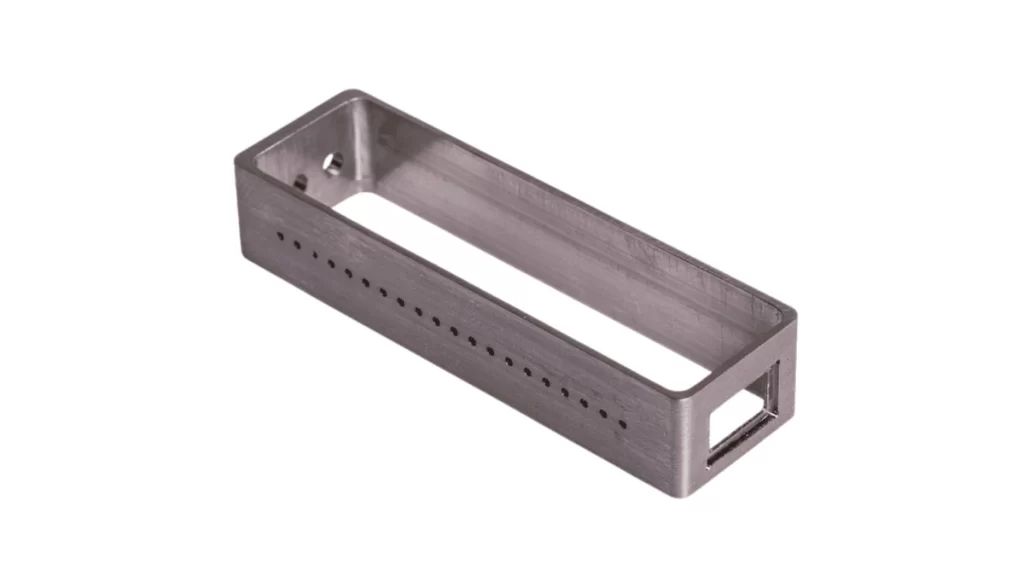
Kovar Electronics Box
Kovar is used for diode and micro packages. It connects ceramic and metal parts without distortion and signals. Its good conductivity gives it a stable and reliable electrical performance.
Aerospace Components
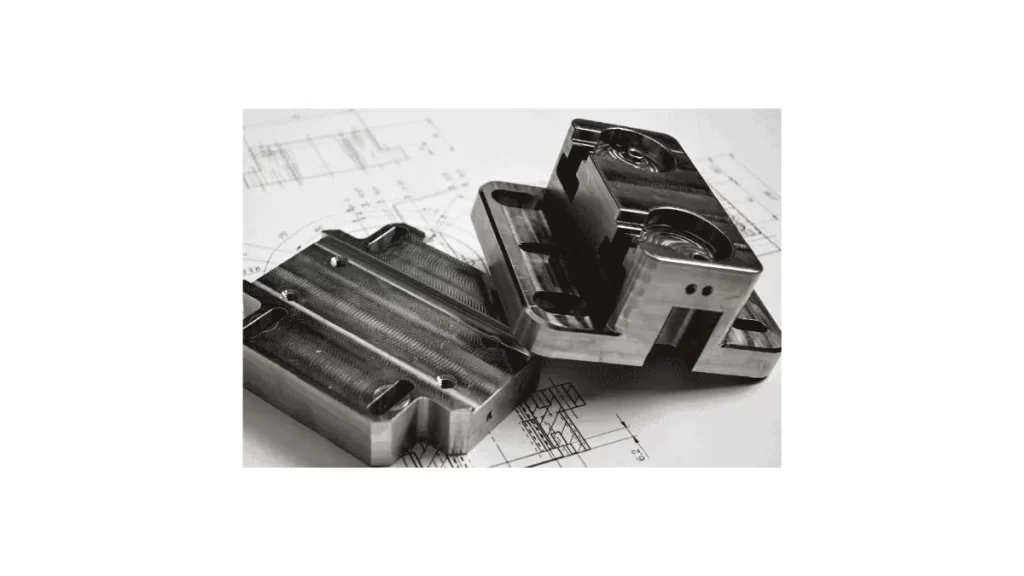
Kovar Aerospace Machined Parts
Temperature variations are persistent in aerospace systems. Kovar remains dimensionally stable and retains essential seals. It is used in sensors, housings, and high-altitude gear.
Telecom Systems
Kovar alloy is used in RF, Microwave, and satellite components. It has high accuracy, which minimises signal drift within high-frequency systems. You can obtain high-strength thermal control and a long-lasting fit.
Scientific Tools and Fixtures
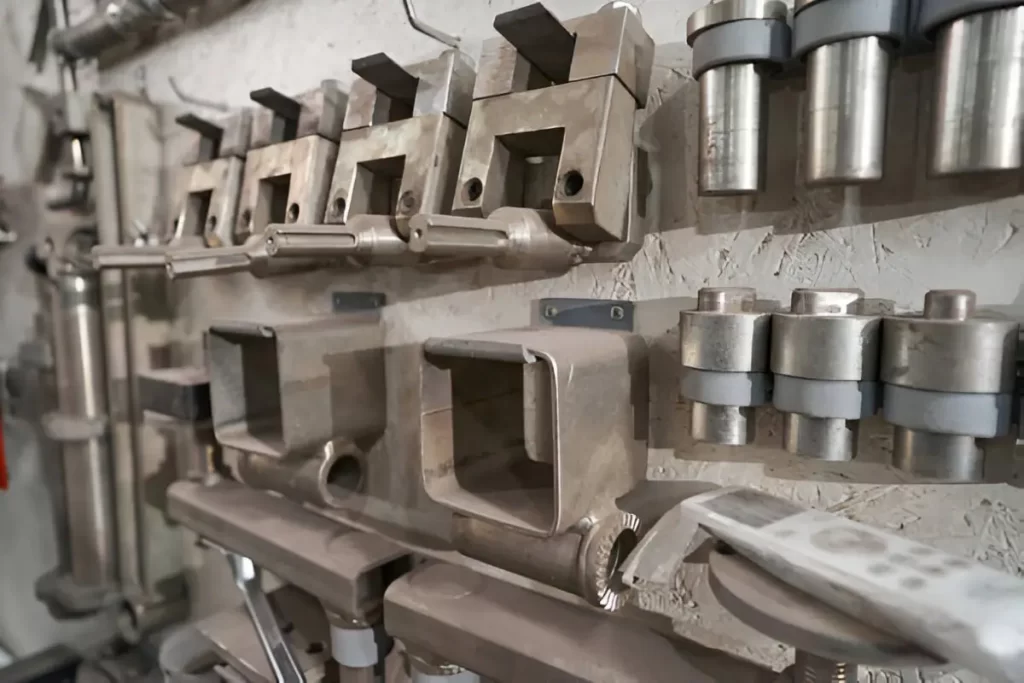
Kovar Alloy Tool & Fixture
The material shift cannot be neglected when measurements are concerned. Kovar retains its form in the lab and field. It can be milled into firm supports and extremely precise housings.
Medical Device Components
Kovar is used as a foundation for implantable and diagnostic medical device. It provides a secure seal for ceramic, metal housing, and temperature-sensitive tools.
Design Considerations for Machining Kovar Alloy Components
Machining Kovar is a rather well-planned activity due to its features. To achieve the best results, your machining must emphasise thermal response, material toughness, and surface finish.
Thermal Expansion
Kovar’s thermal expansion must closely match the surrounding materials. This avoids stress at joints caused by temperature changes. Otherwise, there might be warping or failure after some time.
Speeds and Feeds of Machining
Kovar requires lower speeds at a slightly higher feed. This eliminates the chances of work hardening. This may destroy tools or result in geometry distortion. Use consistent speeds for varying hole diameters to maintain precision.
Tooling Selection
Use carbide tools. The alloy’s hardness and abrasiveness can cause rapid wear on high-speed steel tools. Cemented carbide has greater tool life and gives neat finishes. However, treat carbide tools gently and use excessive force to avoid chipping and breaking.
Annealing Practices
Pre-annealing the part before machining helps reduce residual stress. Follow machining with controlled annealing to preserve the dimensional and mechanical integrity. Failure to take this step may result in deformation with time.
Surface Treatments
Surface treatments enhance the part’s performance. Solderability may be reduced by oxidation, contamination, and poor plating, which may weaken joints. Thorough finishing improves service life and overall reliability.
Challenges and Solutions in Kovar Alloy Machining:
In Kovar alloy machining, you must address challenges that affect tool life, dimensional control, and part integrity. Below are the most common issues and their possible solutions.
Work Hardening
Kovar rapidly solidified under machining stresses and heat. This causes tools to dull quicker and stiffness in parts.
Solution: Reduce cutting speed and dampen heat with constant lubrication. This set of measures minimises friction and avoids inadvisable hardening.
Tool Wear
Kovar’s hardness and abrasive nature quickly wear down standard cutting tools, making conventional edges prone to rapid degradation.
Solution: Thankfully, the issue can be resolved by using strong carbide and diamond-coated tools. They retain sharp edges for a longer duration under abrasive loads. High-speed steel functions under specific circumstances but wears faster during Kovar machining.
Thermal Expansion
Kovar has a low and controlled coefficient of thermal expansion, which minimises dimensional changes during temperature fluctuations. Failure to consider this may result in thermal distortion, interfering with precision.
Solution: Design your part based on its operating temperature. Adjust clearances and tolerances accordingly to avoid thermal distortion during use.
Surface Oxidation
Kovar has the potential to oxidise rapidly when heated. This degrades surface quality and is possibly disruptive to coatings or bonding.
Remedial Actions: Reduce spindle speed and feed rates to deal with heat. Surface treatment (e.g., passivation) is applied after machining to remove oxides.
Internal Stress
Poor shaping or cutting can leave residual stress in the part. Such tensions can alter tolerances by moving some parts.
Remedy: Stabilise Kovar for heating and working. Carry out a second annealing cycle after machining to ensure dimensional accuracy.
Why Prolean Tech Is the Right Choice for Kovar Machining Services
Kovar is challenging to cut. It requires expertise and care to machine to get clean finishes and tight tolerances every time. At Prolean Tech, we use simulation-backed programming and high-performance tooling. Our systems are calibrated to handle Kovar’s thermal expansion and work-hardening traits.
We don’t just cut metal; we engineer performance into each part using CNC machining services. From tool path planning to control feed rates, our workflow protects your part’s integrity: data, not guesswork, backs every cut.
Contact us if you need parts that seal, align, and conduct precisely. Our custom machining services help your Kovar components perform reliably in demanding environments.
FAQ’s
Q1: What is Kovar made of?
Kovar alloy is made of iron, nickel, and cobalt. It contains about 29% nickel and 17% cobalt, the rest mostly iron. Kovar expands and contracts in a controlled way.
Q2: What material is Kovar equivalent to?
Kovar is equivalent to ASTM F15, Alloy 29-17, and UNS K94610. These names refer to the same material, just under different standards. It’s commonly used to match thermal expansion with glass or ceramics.
Q3: What is the difference between Kovar and Invar?
Kovar and Invar are iron-nickel alloys that possess different applications. Kovar contains cobalt, which is applied to electronic components to accommodate glass expansion. Invar contains more nickel and can be used in those areas that require extremely low expansion, such as in measuring instruments. Kovar is good at sealing, whereas Invar is good at precision stability.
Q4: Can you machine Kovar?
Yes, we can machine Kovar with care. It’s harder to cut than regular steel and can work hard if not appropriately handled. So, we use sharp tools, coolant, and light cuts for the best results.

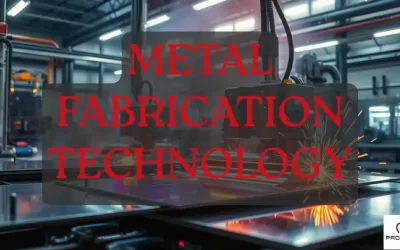
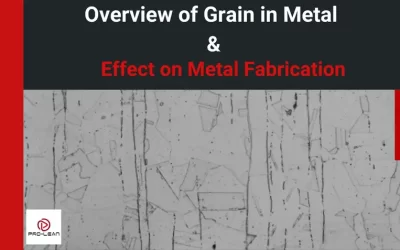
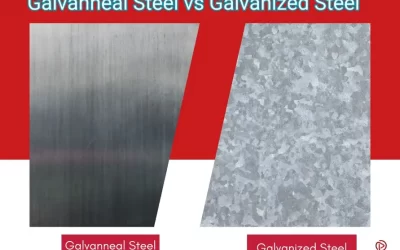
0 Comments